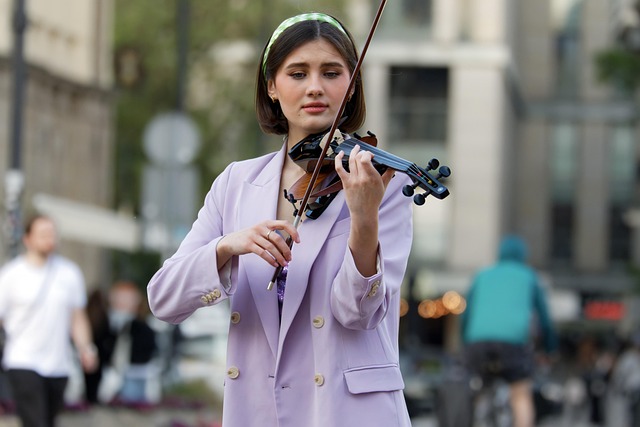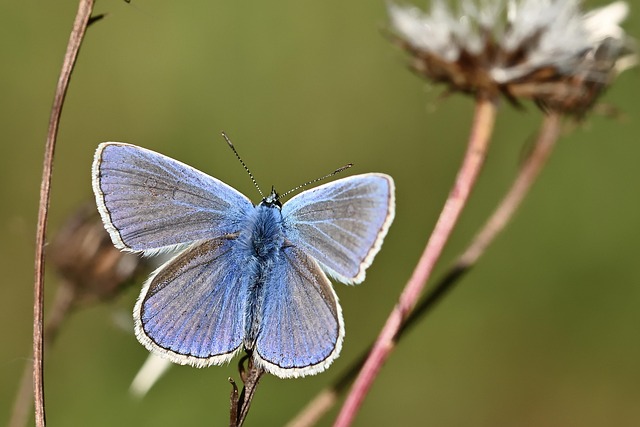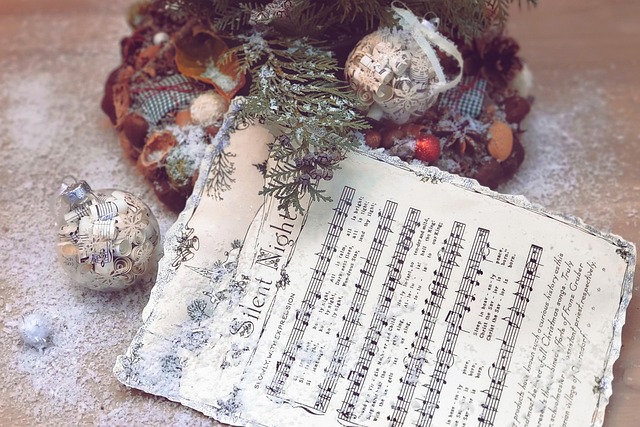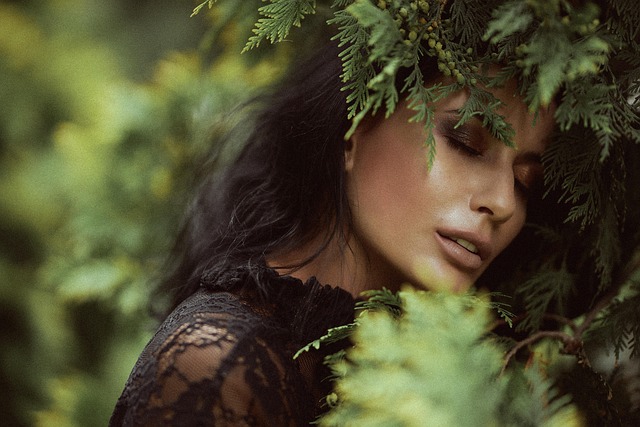When you think of the violin, it’s easy to picture the classic orchestral settings or a bright concert hall. Yet, there is a whole world of folk music traditions where this beautiful instrument truly shines. The violin is not just a tool for symphonies; it is a key that unlocks a vibrant tapestry of cultural stories, emotions, and connections.
Across the globe, various musical genres have embraced the violin, weaving it into their melodic narratives. In the Appalachian mountains, the fiddle—a term often used interchangeably with the violin in folk settings—is at the heart of bluegrass and old-time music. Its lively tunes invite everyone to come together, heirloom traditions passed down through generations. Picture a community party, laughter and chatter filling the air, as the rhythmic bowing of a fiddle beckons you to join the square dance.
The magic of the violin lies not only in its ability to produce hauntingly beautiful melodies but also in its capacity to adapt to different musical styles and cultures. In Irish and Scottish folk music, the fiddle takes center stage, driving the tempo of jigs and reels that inspire foot-stomping and spontaneous ceilidh gatherings. The fusion of rhythms brings people together in a joyous celebration of life and heritage, transcending language and geography.
As we explore these folk traditions, it’s clear that the violin serves as a cultural bridge. In Eastern European music, the violin often conveys the heart-wrenching tales of love and loss, reflecting the struggles and triumphs of its people. The resonant notes tell stories that resonate with listeners, inviting them to feel a sense of empathy and history. It’s not merely music; it’s a shared experience that fosters connection and understanding within diverse communities.
Moreover, these folk traditions often emphasize the importance of participation. Unlike formal concert settings, folk music invites everyone to join in, whether through singing, dancing, or playing along. Grab a nearby instrument—perhaps even a spare violin—and let the spontaneous creativity of a jam session sweep you up. This is where the party begins, echoing with laughter and the joyful spirit of collaboration. The violin transforms from an instrument into a vehicle of unity, bringing together people of all backgrounds and ages.
In exploring the world of folk music, we come to appreciate the violin not just for its sound, but for its power to tell stories, foster connections, and celebrate cultural diversity. So the next time you hear that familiar fiddle tune, remember that it’s more than just music; it’s an invitation to join in and experience the rich tapestry of human experience woven through this remarkable instrument.




